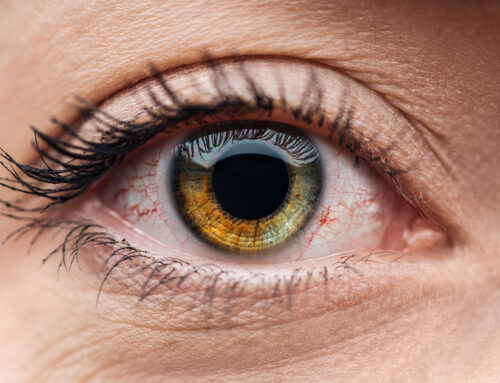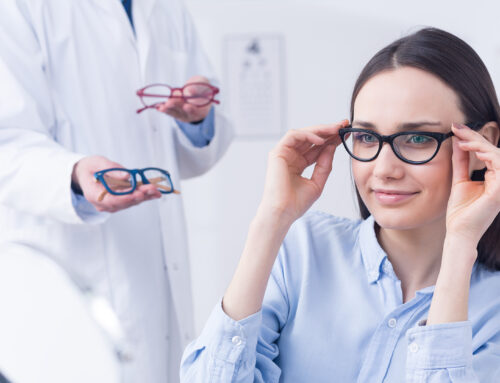We look at computer screens a lot more than the generations of humans before us. A lot. Considering that we didn’t even have screens to look at until two generations ago, that number of hours per day has gone from zero to… much more than zero. Some of it sneaks in on us because most of us can’t even make a phone call without looking at a screen.
Human nature – speaking in the psychological sense – is interesting insofar as there is a pretty universal reaction that pops up every time some new technology pops into existence. There are rallying cries of how it could be harmful and should be avoided or limited. It’s a useful natural reaction because much of the time those cries for moderation should be heeded. They are the source of common wisdom.
Is It Just An Old Wives’ Tale?
When common wisdom is wrong, it seamlessly becomes an “old wives’ tale” without anyone noticing. Except for, presumably, old wives, who have justifiable cause for feeling insulted. I’ve known many elderly wives over the years, and they are maybe the wisest of all living humans. But I digress. We are here to talk about computer screens.
The truth of the matter is that a dozen hours a day of staring at a computer screen is rough on our eyes. But not for the reason we might naturally assume. There is talk about glare and UV light and eye strain causing long-term damage. These worries are ill-founded. Long-term damage from computer screens is either non-existent or so subtle that we can’t differentiate between it from the surrounding statistical noise of just living life and using our eyes.
What Do Screens Actually Do To Our Eyes?
The reason that computer and phone screens are a challenge for our eyes is that we don’t blink enough. As simple as it sounds, that’s the full truth. We normally blink about 16 times a minute (on average), but when we focus in on a screen, that number drops to about 4 times a minute. That’s why any movie montage of someone pulling an all-nighter at work on a computer always includes the same clip. They lean back and rub their eyes for a bit, then focus back in to continue working. It’s an essential part of that late-night work scene because it happens to all of us.
When we blink less, we experience greater evaporative loss of the thin layer of water on the front of our eyes. It’s called the tear film. Our eyes need that tear film. Without it – or if it gets too shallow – we get blurry vision. Beyond that, the epithelial cells on the front of our eyes get angry. They always require a constant bath of tears to stay quiet and comfortable. When the bath dries up, so do the epithelial cells. That causes inflammation. You can see the result of that inflammation when you look in the mirror and see red, bloodshot eyes staring back at you.
What Can We Do About It?
The answer to this is relatively simple. We need breaks. The general rule is to try to look across the room for 20 seconds about every 20 minutes while you’re working on the computer. It goes a long way to help. If it doesn’t fix the problem entirely, you may need more help. There’s a drop called Celluvisc that can help for those marathon computer sessions.
If you’ve tried all that and you find your eyes still feel tired and bad after a day (or night) at the computer, then you may need a pair of computer glasses. That’s a pair of glasses that brings the computer screen into perfect focus without your eyes having to do any of the focusing work. If you’re not sure which camp you fall into, Camp Dry Eye or Camp Can’t Focus, then it’s worth it to see an eye doctor. It’s worth your time. Because we get a lot more screen time than the generations before us. A lot.




